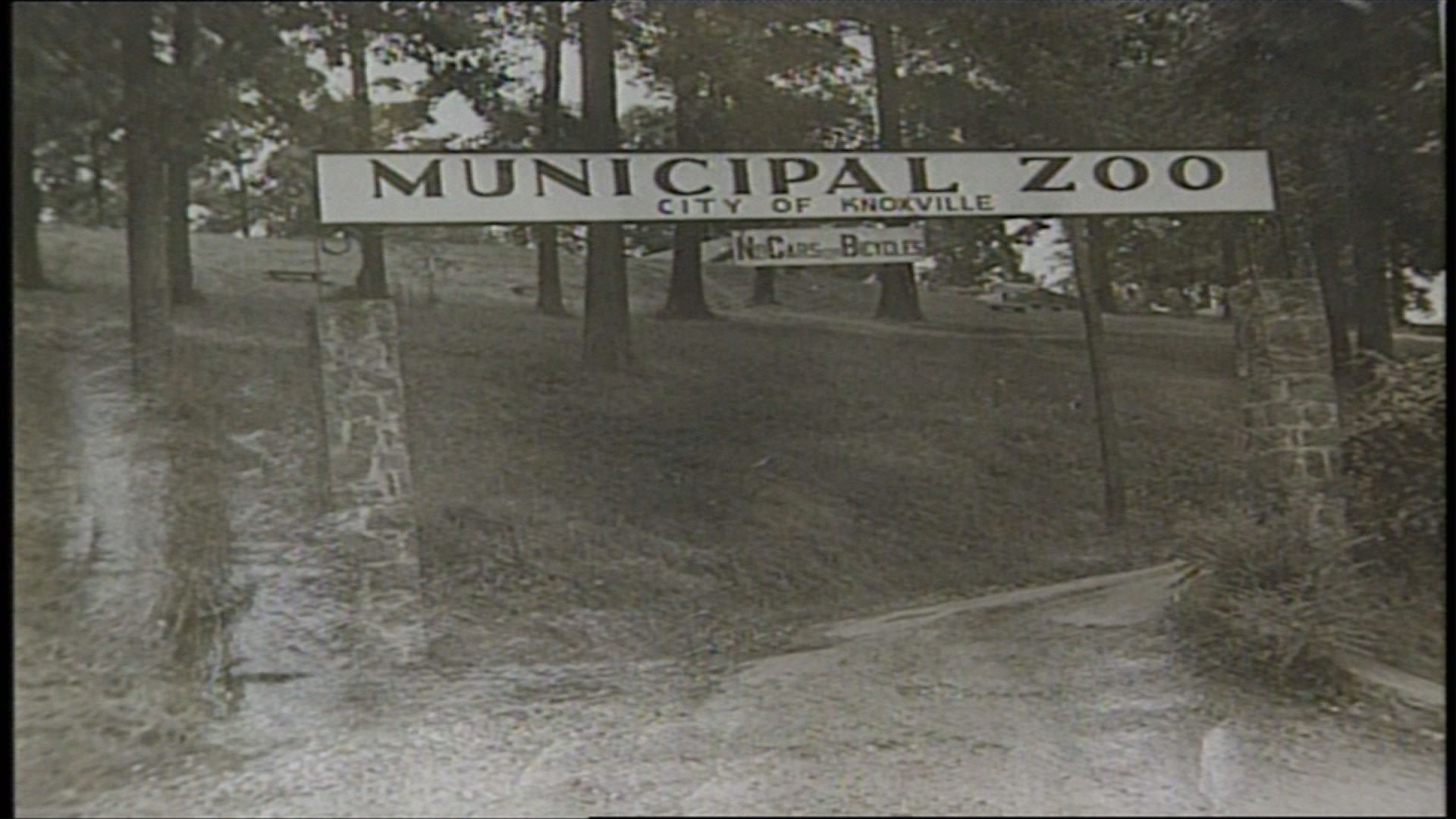Zoo Knoxville celebrated its 69th birthday in 2017. The original chain link habitats are a thing of the past, but zoo officials say the biggest transformation is still to come.
Birthday Park Zoo was the original name for what is now known as Zoo Knoxville. It started with a single alligator named Al.
During the 1950s and 1960s, primates, jaguar cubs, elephants, tigers and camels were brought in. However, the zoo was not successful. At the time it was considered one of the worst 10 zoos in America.
By 1970, the city was planning to shut down the small zoo and offer its animals for purchase.
That all began to change in 1971. That's when the zoo got its first director, Guy Smith. By all accounts, Smith saved the zoo and launched its continuous effort to preserve endangered species.
Smith worked to bring animals to the zoo that would attract people, improve animal habitats and improve the overall image of the zoo. During that time, the zoo also got its first accreditation.
Since then, Zoo Knoxville has continued to transform. The zoo's current President and CEO Lisa New has experienced one major transformation.
“I have seen the zoo through one major renovation under the direction of our former director, Patrick Roddy, and he took some facilities offline. A marine animal center, we had polar bears and people still ask about them, but they were in really horrible conditions like a concrete pit,” said New.
New has been with the zoo since the 1990s. She says the standards for what is an acceptable habitat has grown significantly, and that's for the better.
"The zoo industry has continued to raise the bar and improve and have habitats that are not only more naturalistic looking for guests but that also stimulate natural behavior for the animals and make the animals more complexity, more enrichment, more complex choices,” said New.
That effort can be seen in the recently completed Tiger Forest at Asian Trek.
“It is the first piece of a master plan that changes the face of the zoo over the next 10-15 years,” said New.
The zoo is currently working on completing phase two of Asian Trek. In that phase, gibbons and langurs get a new habitat, and there will be more bathrooms and an indoor restaurant.
Once that is complete, the zoo will turn its attention to one of its oldest areas.
“Really, if you want to see a relic of the past zoo it’s to look at our current reptile facilities,” said New.
New says the upgrades to the reptile facilities will have a heavy focus on STEM education. The otters will also receive a new habitat during that construction phase.
"That will take really two of the oldest things on the east end offline and put them in the center of the zoo where they can be enjoyed year round. It will add year-round space during the hot and cold, more indoor space and most important a new home for reptiles and otters,” said New.
New says the construction and redesign are exciting for keepers, animals and guests. But, the core of their missions remains conservation work.
“We show our feathers so to speak and we’re proud of where we’ve come from and all the people who helped put that investment in the zoo to get us where we are today,” said New.


